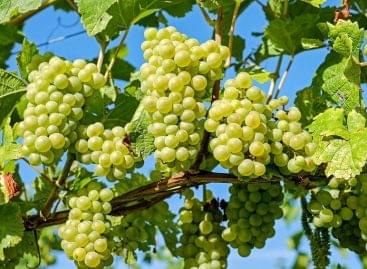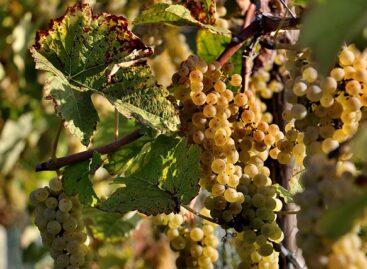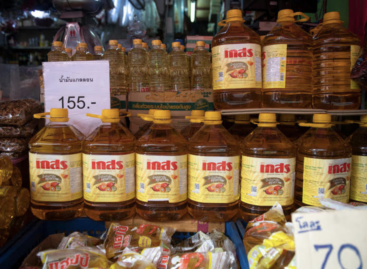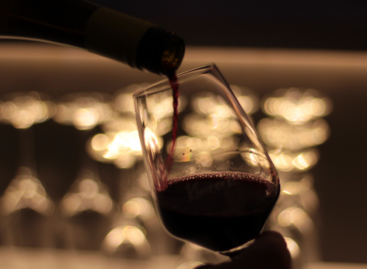Boost from the box: Szupermenta tested energy drinks
Energy drinks were also broken down into their components by the Szupermenta program. During the product test, in the laboratories of the National Food Chain Safety Office (Nébih), the caffeine, taurine, sugar, sweetener and vitamin content of the products were examined. There was no security issue. The experts found a food quality defect in one energy drink, as well as a labeling problem in several cases, 28 out of 35 products.
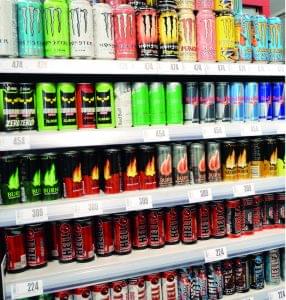
Energy drinks were the focus of the Szupermenta program: a total of 35 products were examined by experts. Of the tested drinks, 15 were made exclusively with sugar, and 12 with sweeteners, while 8 products contained both sugar and sweeteners. In terms of their origin, 20 were Hungarian and 15 were produced abroad, and in terms of packaging, 250 ml and 500 ml drinks were included in the test.
Energy drinks usually contain caffeine, sugar and/or sweeteners, as well as other substances with nutritional or physiological effects, such as taurine, glucuronolactone, and vitamins. Sometimes different plant extracts (guarana, ginseng) are also used in the recipes. These carbonated, non-alcoholic drinks contain all these ingredients in varying amounts and combinations. It is important to emphasize that it is made for healthy adults, it typically has a high caffeine content, so its consumption is not recommended for children and pregnant or lactating women.
As part of the food safety and quality tests carried out in Nébih’s laboratories, the caffeine, taurine, sugar, sweetener and vitamin content of the products was checked, among other things. The amount of caffeine measured in energy drinks ranged from 13.8 to 35 mg/100 ml.
Related news
At the forefront of the domestic food industry for more than half a century
The future of the food industry is shaped by young…
Read more >Nébih: A grape disease called golden yellows has also appeared in the Villány region
The grapevine disease known as golden yellows has also appeared…
Read more >Grapevine golden yellow disease has also appeared in the Villány region – Nébih calls for increased protection
The Grapevine flavescence dorée (FD) pathogen, which causes grape golden…
Read more >Related news
Corporate leaders’ commitment to sustainability at record level
According to the latest data from the K&H Sustainability Index,…
Read more >FAO food price index rose slightly in June due to higher prices of meat, dairy products and vegetable oils
The Food and Agriculture Organization of the United Nations (FAO)…
Read more >What can cause the price of a wine to increase tenfold?
There are fewer of them worldwide than the number of…
Read more >

